India’s mining sector, long a cornerstone of the nation’s industrial growth, is digging deeper into innovation to unlock its full potential. As global demand for raw materials rises, the industry is leveraging cutting-edge technologies like automation, AI, and IoT to enhance efficiency, sustainability, and profitability. From autonomous vehicles in remote mining fields to AI-driven exploration and smart monitoring systems, Indian mining is embracing a technological revolution. This wave of innovation promises to overcome long-standing challenges like regulatory delays and environmental concerns and positions India as a leader in responsible and forward-thinking mining practices. EPC World explores the future of the sector.
The Economic Backbone of India
The Indian mining sector is a cornerstone of the nation's industrial and economic development, contributing significantly to its gross domestic product (GDP) and employment rates. As one of the world's top producers of minerals such as coal, iron ore, and bauxite, India has a diverse and rich resource base. Minerals extracted from Indian soil are essential inputs for industries such as construction, manufacturing, power generation, and electronics. These industries, in turn, contribute to the nation's infrastructure development, urbanization, and overall economic growth.
In 2023, India's mining sector contributed around 2.5% to the GDP, with expectations of further growth as the nation continues its industrial expansion. The government has introduced a series of policy measures aimed at boosting domestic production, reducing dependence on imports, and increasing exports of mineral resources. These include initiatives such as the National Mineral Policy (NMP) 2019 and the auctioning of mineral blocks, which are intended to attract private investment and enhance transparency in the sector.
India’s mineral production is expected to rise in the coming years, fueled by both domestic demand and the global need for critical minerals such as lithium, copper, and rare earth elements, which are essential for clean energy technologies and advanced electronics. However, to realize this potential, India must address several pressing challenges that have hindered the sector’s growth.
According to a recent ICRA report, India's mining and construction equipment (MCE) industry is expected to see major growth, with localisation levels projected to rise to 70-80% over the next 5-7 years, potentially saving USD 3 billion in foreign exchange annually. The industry, which grew at a 12% CAGR over the past decade, achieved 1.36 lakh unit sales in FY2024 and is projected to become a USD 25 billion market by 2030. Key drivers include infrastructure-led growth, the government's PLI scheme, and global shifts like the China+1 strategy. Reduced import dependence and supply chain improvements are crucial for achieving these goals.
Regulatory, Environmental, and Infrastructural Bottlenecks
The mining sector has historically been encumbered by a complex regulatory framework that has made it difficult for mining projects to get off the ground. Navigating through multiple levels of government approvals—ranging from environmental clearances to land acquisition permissions—often results in long delays. Despite the introduction of several reforms, including the Mines and Minerals (Development and Regulation) Amendment Act, bureaucratic red tape continues to slow down the process of mineral block allocation and project implementation.
Additionally, regulatory uncertainty, such as sudden changes in mining laws or royalty rates, creates a challenging business environment for both domestic and foreign investors. These uncertainties can deter investment in large-scale mining projects, especially those requiring substantial capital expenditure.
Environmental Concerns
Environmental sustainability is another critical issue facing the Indian mining industry. Mining operations have historically contributed to deforestation, soil erosion, water contamination, and air pollution, leading to severe ecological imbalances. Local communities often bear the brunt of these environmental impacts, resulting in widespread opposition to new mining projects. Moreover, mining activities are frequently located in ecologically sensitive regions that are home to diverse wildlife species and indigenous populations.
In recent years, the government has placed increased emphasis on sustainable mining practices. Companies are now required to adhere to stringent environmental regulations, including mandatory environmental impact assessments (EIAs) and regular compliance checks. While these measures are important for minimizing environmental damage, they add to the complexity of obtaining mining approvals, further slowing down project timelines.
Infrastructure Bottlenecks
Efficient infrastructure is critical for the mining sector, as minerals need to be transported from remote mining sites to processing facilities and export hubs. However, inadequate transportation networks, including outdated rail and road systems, often pose significant logistical challenges. Many mining areas in the country are located in remote regions with poor connectivity, which increases transportation costs and delays the movement of raw materials.
The lack of modernized infrastructure extends beyond transportation. Many Indian mining companies also face challenges related to inadequate power supply, outdated mining equipment, and insufficient water resources for processing minerals. These infrastructure gaps increase the operational costs of mining, reduce efficiency, and limit the sector’s ability to scale up production.
Technology Transforming Mining
The integration of automation and robotics is reshaping the country’s mining sector by enhancing operational efficiency and reducing reliance on manual labor. Autonomous vehicles are now being used in large-scale mining operations for tasks such as transporting minerals from mining sites to processing plants. These vehicles are equipped with sensors and GPS systems that allow them to navigate rugged terrains without human intervention, improving both efficiency and safety.
Drones are another technology revolutionizing the industry, as they are increasingly being used for surveying and inspecting mining sites. Drones can capture high-resolution images of vast areas, providing valuable data that helps in planning and monitoring mining activities. They are also used to detect hazardous conditions in mines, reducing risks to human workers.
Artificial Intelligence (AI) and Data Analytics
AI and data analytics are playing a crucial role in optimizing various stages of the mining process, from exploration to extraction. AI-powered systems can analyze vast amounts of geological data to identify potential mineral deposits, significantly reducing the time and costs associated with traditional exploration methods. Machine learning algorithms can also predict equipment failures, enabling predictive maintenance that minimizes downtime and enhances productivity.
In the extraction phase, AI is used to optimize mining operations by analyzing real-time data from sensors embedded in mining equipment. These systems can automatically adjust operational parameters to improve efficiency, reduce energy consumption, and minimize waste. For instance, AI can be used to control the amount of energy used in crushing and grinding operations, which are some of the most energy-intensive processes in mining.
The Internet of Things (IoT)
The IoT is further enhancing mining operations by enabling real-time monitoring and remote management of equipment and resources. Sensors embedded in mining machinery collect data on factors such as temperature, pressure, and equipment performance. This data is then transmitted to central control systems, allowing operators to monitor conditions in real-time and make informed decisions to optimize operations.
IoT is also being used to improve safety in mining environments. Wearable devices equipped with IoT sensors can monitor the health and well-being of workers, detecting signs of fatigue, heat stress, or exposure to harmful gases. These devices can alert workers and supervisors to potential hazards, reducing the risk of accidents and ensuring a safer working environment.
Future Opportunities and Global Collaboration
One of the most exciting developments in the mining sector is the potential for blockchain technology to enhance transparency and traceability in the supply chain. Blockchain can be used to track the journey of minerals from the mine to the final consumer, ensuring that all transactions are recorded in an immutable digital ledger. This transparency can help prevent illegal mining activities, reduce fraud, and provide assurance to consumers and investors that minerals have been sourced ethically.
For mining companies in the country, adopting blockchain technology could improve their credibility in global markets and attract partners who prioritize ethical sourcing. By providing a clear record of the origin and journey of minerals, Indian companies can enhance their reputation and position themselves as leaders in transparent and responsible mining practices.
Foreign Investment and Partnerships
To drive innovation and growth, Indian mining companies must actively seek foreign investment and partnerships. Global technology providers can offer the expertise and resources needed to implement advanced mining technologies, such as AI-powered exploration tools, autonomous vehicles, and IoT-enabled systems.
Collaborating with international companies also opens up opportunities for knowledge transfer and skill development, allowing Indian miners to learn from global best practices. Joint ventures and strategic partnerships can help Indian companies access new markets, diversify their product offerings, and increase competitiveness on the global stage.
According to IBEF, by achieving self-reliance in speciality steel production, India will enhance its position in the global steel value chain, aligning itself with advanced steel-producing nations like Korea and Japan. Under the PLI Scheme for Specialty Steel, 57 MoUs with 27 companies have attracted investments of US$ 3.55 billion, aiming to add 25 MT of capacity and create 17,000 jobs by FY 2027-28. As of December 2023, US$ 1.55 billion has been invested, with US$ 360 million expected in FY'24, and several units have already started production.
Further, as reported by PIB data, iron ore and limestone together make up about 80% of India's total mineral production by value. In FY 2023-24, iron ore production reached 275 million metric tons (MMT) and limestone hit 450 MMT, both at record levels. This growth trend continued in FY 2024-25, with iron ore production rising 4% to 52 MMT, and limestone up 2.6% to 79 MMT (April-May). Manganese ore production also surged by 16.7%. In non-ferrous metals, primary aluminium output grew 1.2% to 6.98 lakh tons. These increases highlight strong demand in industries like steel, cement, energy, and construction.
In another development, the Steel Authority of India Limited (SAIL) has partnered with Australia's BHP to focus on steel decarbonisation, aiming to reduce emissions in the steel production process. This collaboration is particularly important given that the steel sector accounts for approximately 7-9% of global CO2 emissions. SAIL has set a target to achieve net-zero emissions by 2040, while BHP aims to reduce its operational emissions by 30% by 2030. The partnership will explore sustainable steelmaking technologies, including carbon capture and storage (CCS) and alternative production methods, to enhance both companies' sustainability efforts in the steel industry.
Value-Added Product Development
Another area of growth for the Indian mining sector is value-added product development. Instead of exporting raw minerals, Indian companies can focus on processing and refining minerals to create high-value products such as metals, alloys, and chemicals used in industries such as electronics, renewable energy, and automotive manufacturing.
Investing in downstream processing not only increases the value of mineral exports but also creates additional job opportunities and stimulates economic growth in the country. By developing a robust value-added product ecosystem, India can reduce its dependence on raw mineral exports and strengthen its position in the global supply chain for critical materials.
Looking ahead, the Indian mining sector stands at a crossroads, with immense potential for growth and development. While regulatory challenges, environmental concerns, and infrastructural bottlenecks continue to pose obstacles, the integration of advanced technologies offers a clear path forward. By embracing automation, AI, IoT, and blockchain, Indian mining companies can enhance efficiency, reduce costs, and showcase their commitment to sustainability and transparency. Additionally, collaboration with global technology providers and foreign investors will play a crucial role in driving innovation and unlocking new opportunities.
As the nation continues its journey towards becoming a global industrial powerhouse, the mining sector will remain a key driver of economic growth and development. By adopting a forward-thinking approach and leveraging the latest technologies, Indian mining companies can position themselves as leaders in the global mining industry, while contributing to the nation’s sustainable development goals.




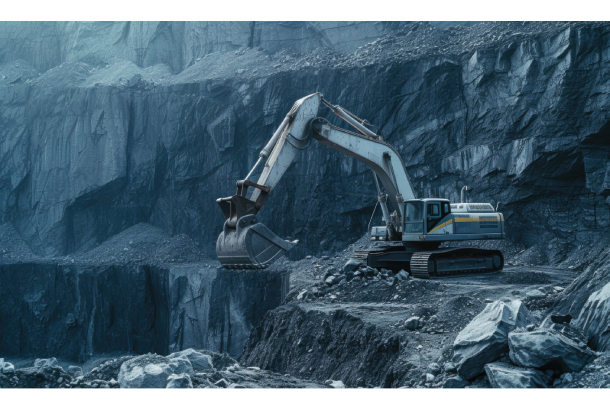


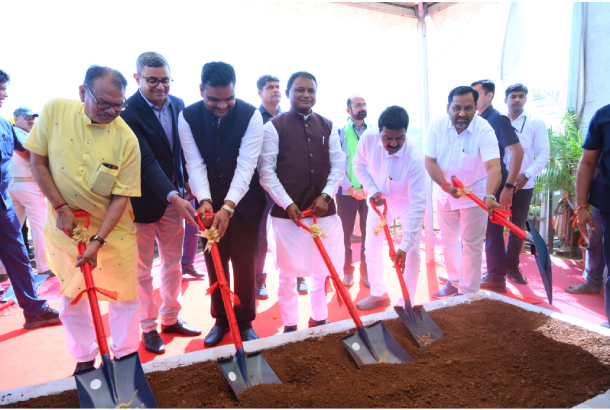
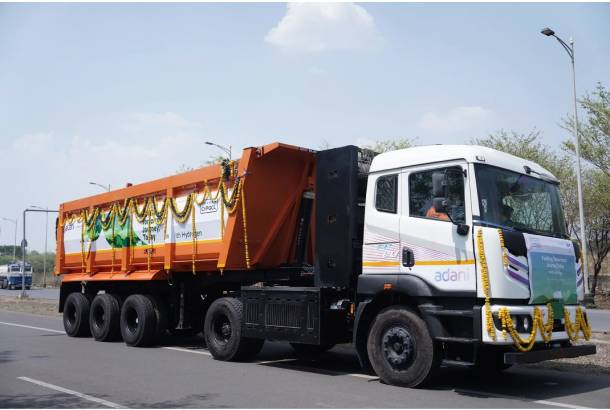
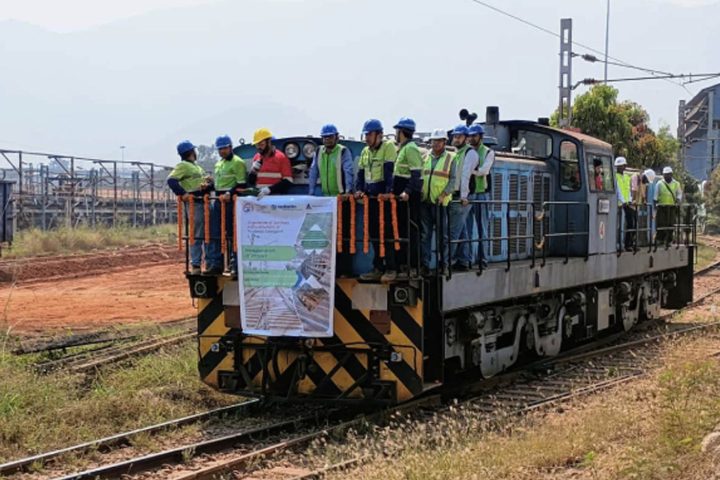




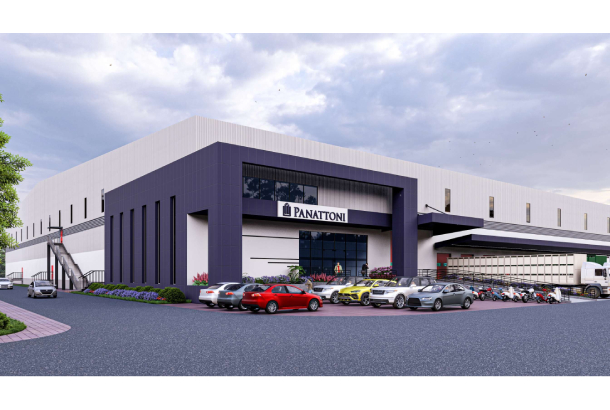

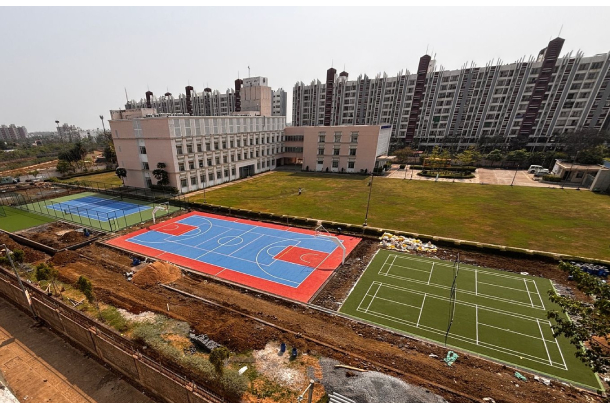





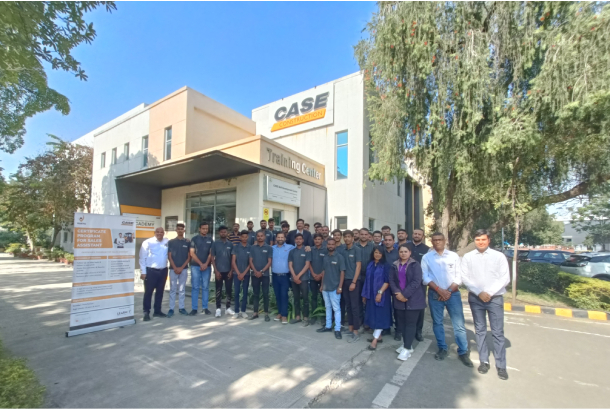

Follow